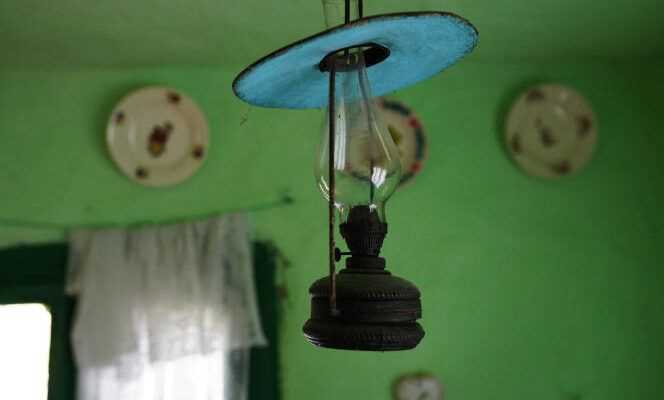For days now, the inhabitants of Timisoara, in western Romania, have started their day with the same ritual: feeling their radiator with anxiety. On October 26, more than 50,000 homes, as well as schools and hospitals in the city, were deprived of heating and hot water for several days. Reason: Soaring energy prices have pushed the local heating company, Colterm, to the brink of bankruptcy. Faced with the accumulation of unpaid bills, the gas producer E.ON has stopped supplying it. Since then, the municipal authorities have been scrambling with other suppliers to deliver gas and coal to the Colterm power stations. But the deliveries are random. So, as the country enters winter, Timisoara’s radiators don’t heat up every day, and often too little.
In October, the Romanian consumer price index rose 7.9% over one year, the highest in ten years, according to the National Statistical Institute. This is largely due to the surge in gas prices (+ 46%), and the figures are also staggering in neighboring countries. In October, inflation rose 5.8% in the Czech Republic, 6.5% in Hungary – unheard of since 2012 – or 6.8% in Poland. According to forecasts by the British firm Oxford Economics, it should grow by 7% in all of Central and Eastern Europe this year, against 3.7% in the euro area. “This region is where the risk of seeing a sustained price increase over the next few years is the highest”, analyzes Liam Peach, of the British firm Capital Economics.
“For the moment, this inflationary shock is largely linked to the rise in the price of raw materials and to supply problems, in particular in countries highly integrated into European production chains”, observes Rafal Benecki, economist at ING, in Warsaw. And, unsurprisingly, households are the first to suffer. In Romania and Hungary, heating and energy expenses represent 25% and 22% of family spending respectively, against 7% in Germany, according to the European Bank for Reconstruction and Development (EBRD). “The pressure for governments to take measures in favor of these households will therefore increase”, underlines Beata Javorcik, chief economist of the EBRD.
“Shortages in the labor market”
Some have started to do so. Anxious to spare the electorate in the run-up to the legislative elections of 2022, the cabinet of the Hungarian nationalist prime minister, Viktor Orban, announced on Thursday 11 November that the prices of gasoline and diesel at the pump would be capped at 480 forints (1.31 euro) per liter for the next three months. Romania is considering similar measures.
You have 58.6% of this article to read. The rest is for subscribers only.
